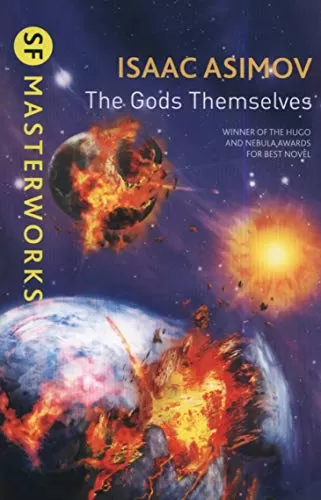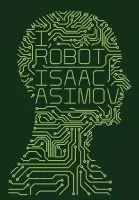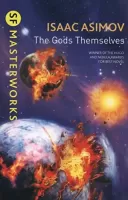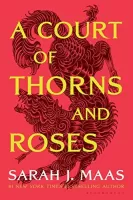🎯 ¿Cansado de los anuncios?
Elimínalos ahora 🚀
Elimínalos ahora 🚀
The Gods Themselves
Isaac Asimov
Download The Gods Themselves PDF Complete Free
Download this book in various formats: PDF, ePUB, Amazon Kindle, MOBI, audiobook and paper. Below, we show you the options available to download or purchase.

Amazon has a membership where they give you a new audiobook every month. The first month is free. And you can easily cancel your membership without any penalty. You keep forever the audiobook they already gave you without having paid a single cent! However, this method can stop working at any time, so take advantage now before it's too late!
Get a Free Audiobook
This book is copyrighted, so it cannot be downloaded for free in ePub or PDF format.
But you can get this book for free on Amazon Kindle and Audible, thanks to the offers they usually offer regularly. You can still get it for free if you do this
Get free Kindle book for your phoneSee offers on AmazonBut you can get this book for free on Amazon Kindle and Audible, thanks to the offers they usually offer regularly. You can still get it for free if you do this
You can also download the book from a variety of online services such as Mega, Scribd, Google Drive, Dropbox, MediaFire and 4shared. These services offer free downloads so you can enjoy your reading on any device.












